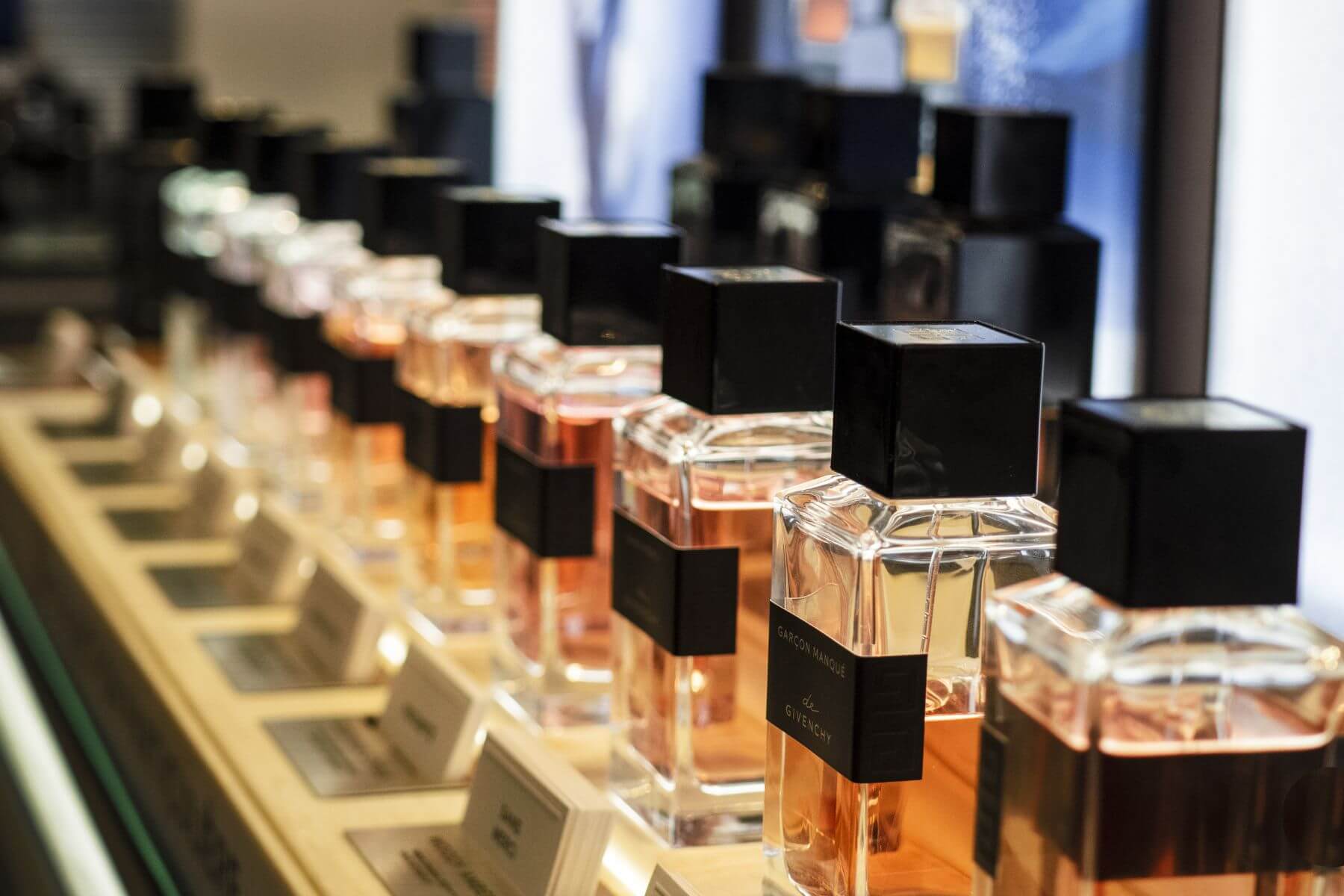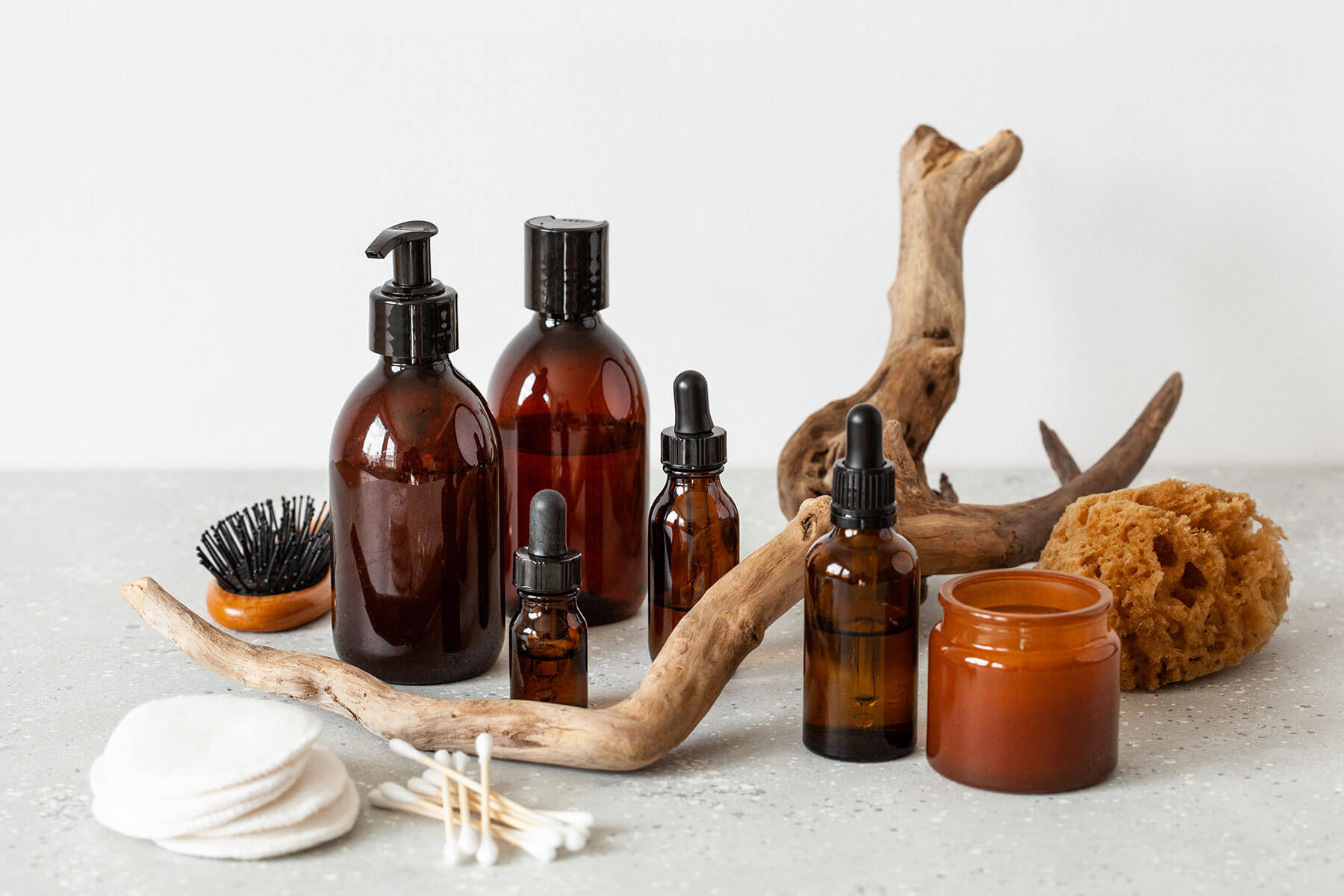Are etailers the new beauty influencers? The data points to a resounding ‘yes’, with the likes of Cult Beauty, Boots and BeautyBay stacking up millions-strong Instagram followings. Having channelled their efforts into content to entice and delight their customers, they’ve become go-to news destinations for makeup, fragrance, haircare and skincare connoisseurs alike.
‘Discovery’ is the strategy. Many of the UK’s most successful beauty etailers have become curators of covetable brands that you won’t find anywhere else. From Cult Beauty’s new Japanese import, Then I Met You, to Space NK’s SoKo-founded VENN drop, they’re bringing under-the-radar brands to the fore for a beauty-obsessed audience. The thirst for new brands, new products and new trends is seemingly unquenchable. But it’s not just about finding fresh launches – the quick, concise customer journey is key to etailers’ success, too.
By converging media and etail disciplines, ecommerce stores now play the role of influencer, beauty consultant and point of sale – all in one frictionless package. The introduction of Instagram Shopping has made this even easier, enabling followers to instantly hit ‘add to basket’ every time they spot something they want.
And even when consumers are turning to more traditional forms of media, mmi data found that beauty mentions with an etailer credit rose from 3% in 2020 to 12% in 2021. So, with etailers proving so influential, how can you harness the purchase-driving power of their channels?
Here are three ways to maximise performance via etailers’ digital channels…
1. Work With eTailer Social Teams
While your PR team is negotiating coverage with press and influencers, your social media and marketing teams would benefit from working closely with etailers’ content leads. By providing them with a steady flow of assets they can use on their social feeds, you increase your chances of gaining coverage – complete with shopping links and Instagram Stories swipe-ups.
Tailor your content flow to suit their overall aesthetic. If they tend to post swatches or video tutorials, supply them with a regular batch to help populate their content calendar. Give them shout-outs on your brand’s social channels, too. If you work with a variety of etailers, consider distributing mentions evenly across your grid, so they each get regular credit. If you have one preferred etailer, you can also work with them to generate a shoppable feed, so your followers can shop their store directly from your social channel.
2. Offer Content For eTailer Blogs
Many beauty etailers have turned their stores into veritable content platforms, offering skincare advice and makeup tricks from their regularly updated blogs. PR teams should be working with etail editorial teams in much the same way they would with press; pitching ideas, providing visuals and, in some cases, sending out product samples.
However, this alone won’t guarantee a feature on an etailers’ blog. Some stores may allow you to produce your own blog content and submit it for inclusion on the site. This may be part of an advertorial agreement, where you pay the brand for a co-op ad, and make blog content part of the package.
3. Optimise Your Product Pages
Finally, it’s crucial to ensure your product pages are optimised. You’ve driven consumers this far, and now your goal is to convert using best-in-class content. Provide etailers with complete product descriptions that clearly communicate each product’s biggest benefits. These descriptions should follow a message hierarchy that brings scent, texture, ingredients and benefits to life.
Showing a range of visuals is important, too. 60% of shoppers say that, before making a purchase, they want to see at least 3-4 images. Despite this, mmi data reveals that 41% of product pages feature just one image, while 87% of brands are missing conversion-driving videos. To give customers the trust cues they need to feel confident in their beauty purchase, follow our content checklist for every one of your product pages.
Here are the visuals you need:
- High quality packshots with lids on and lids off, showing applicators or pumps.
- Before and after images that demonstrate a product’s performance.
- Texture stills and, in the case of colour cosmetics, extensive shade swatches.
- Products applied to a range of skin tones and/or hair textures.
- Ingredient shots – particularly when demonstrating fragrance notes.
- And, last but not least, tutorial or campaign videos.
Up next: Find out why media messaging is so important for driving beauty sales.




